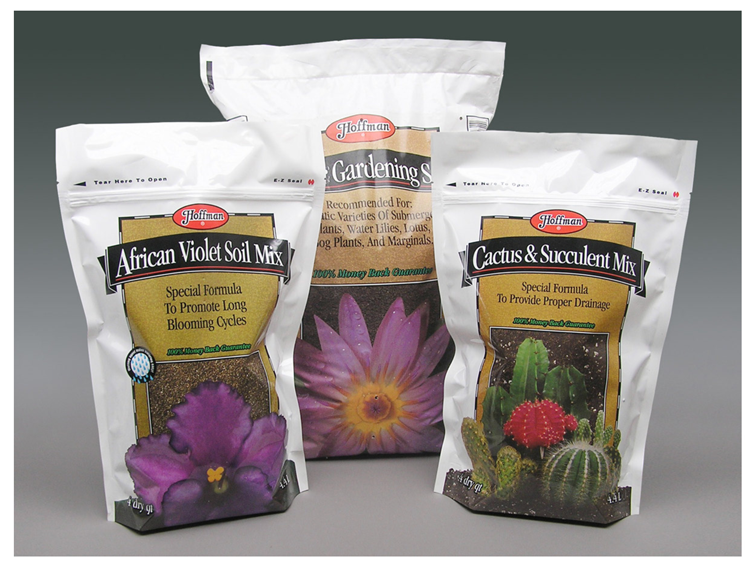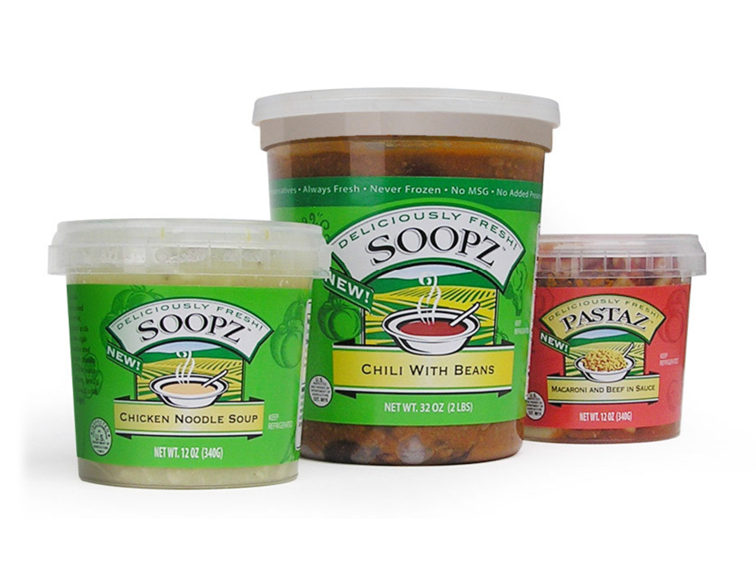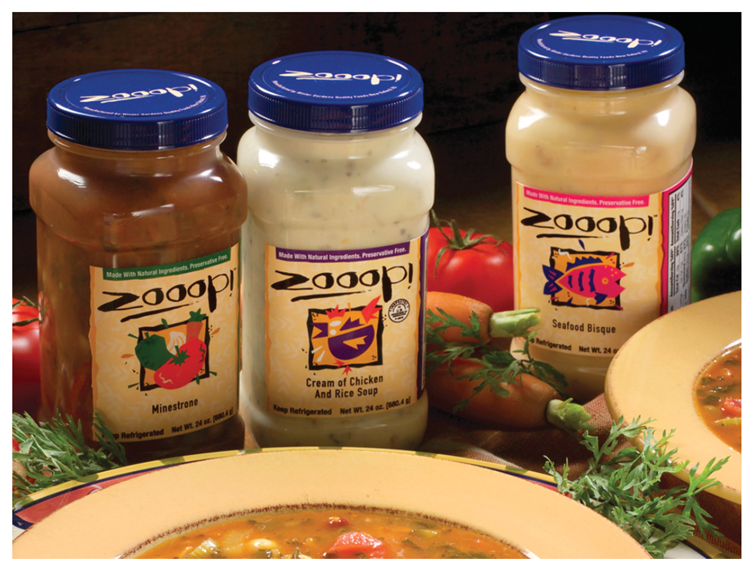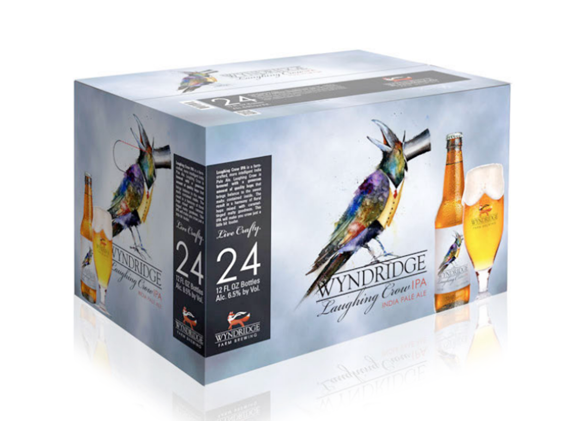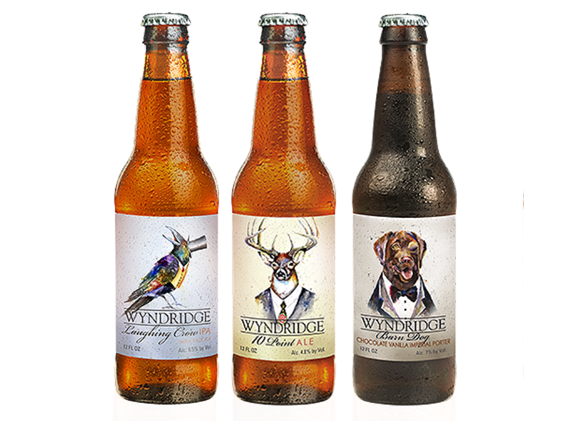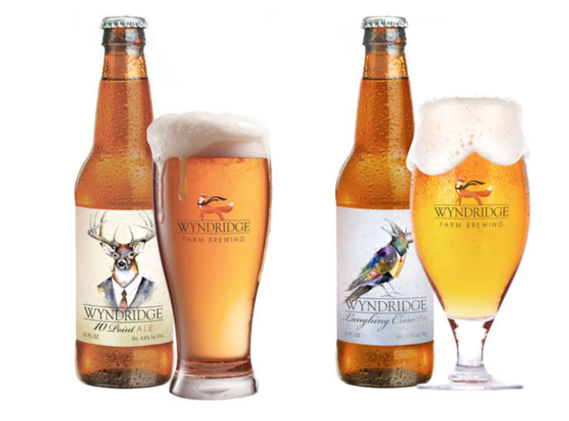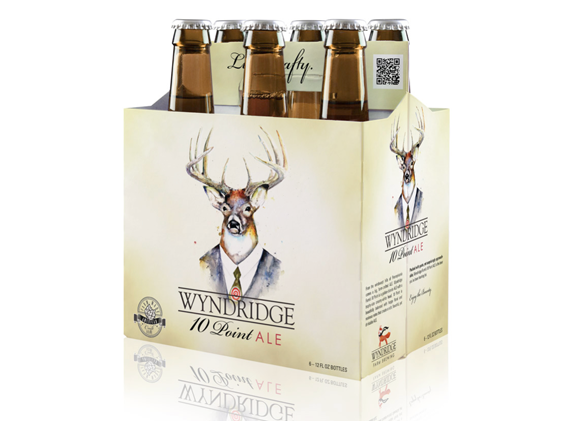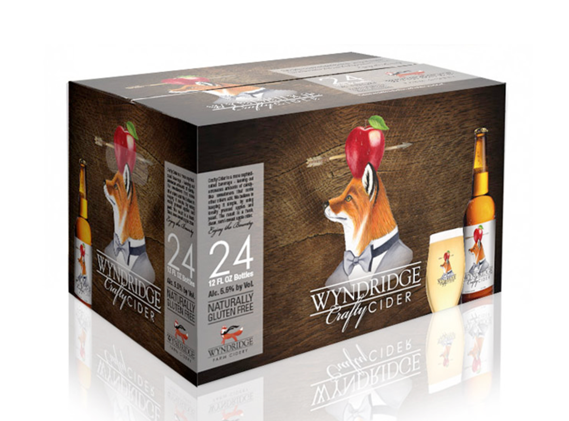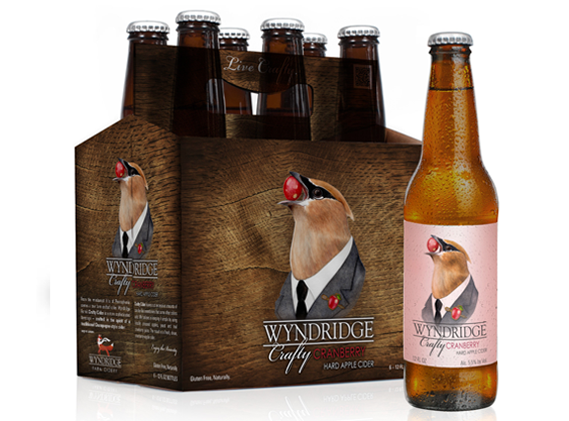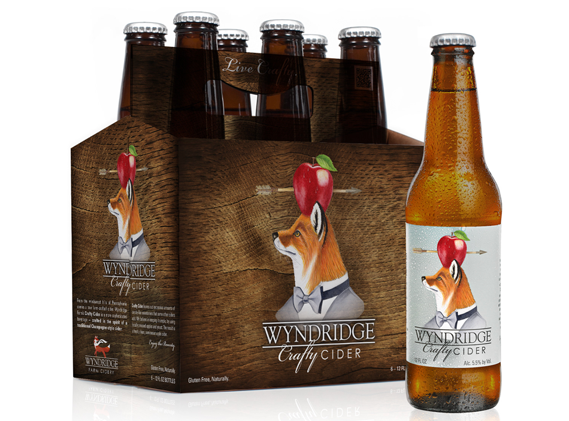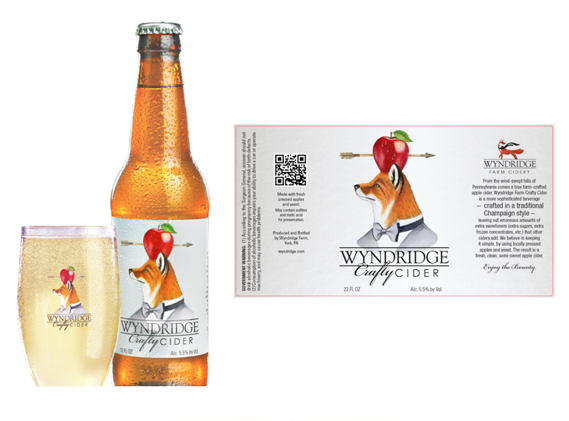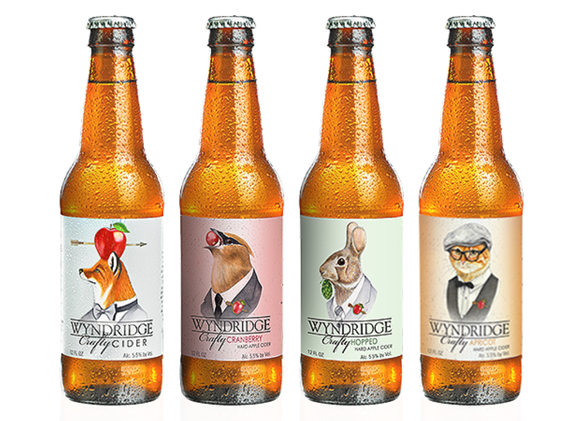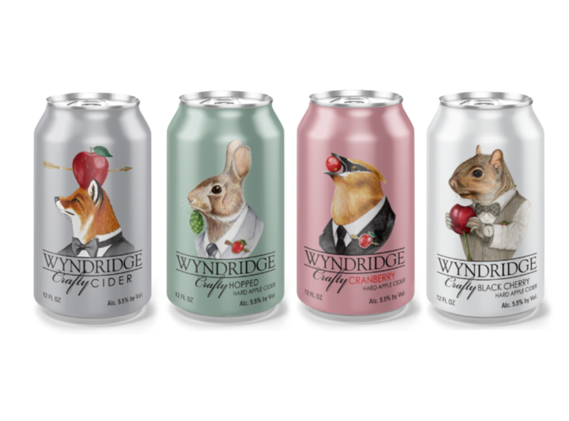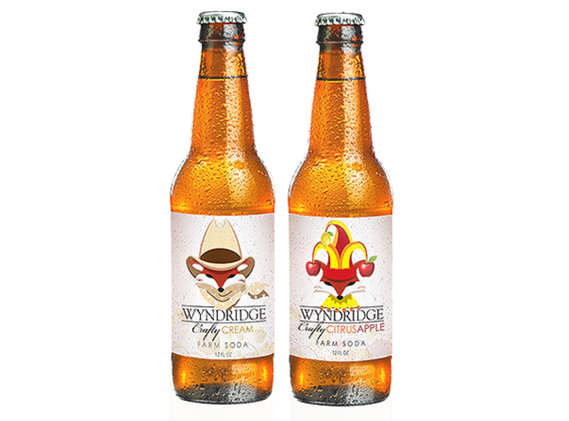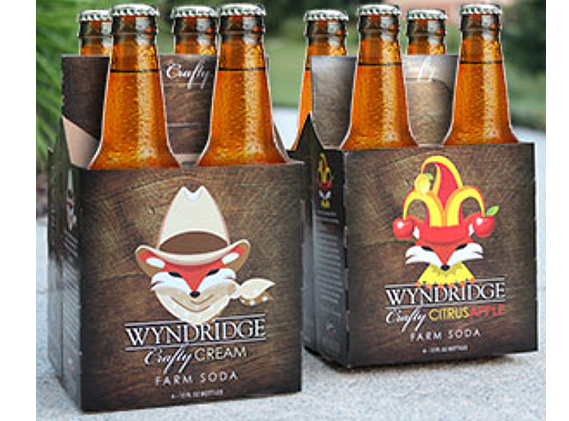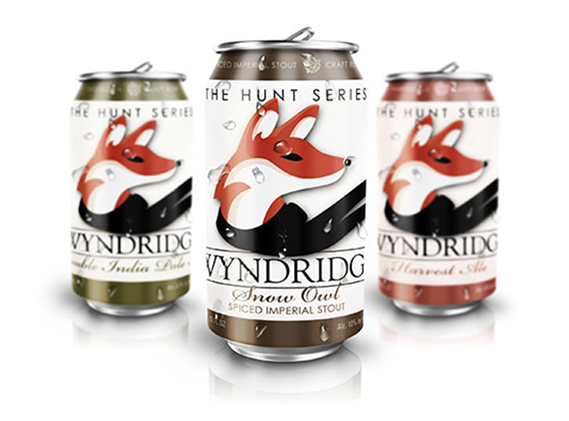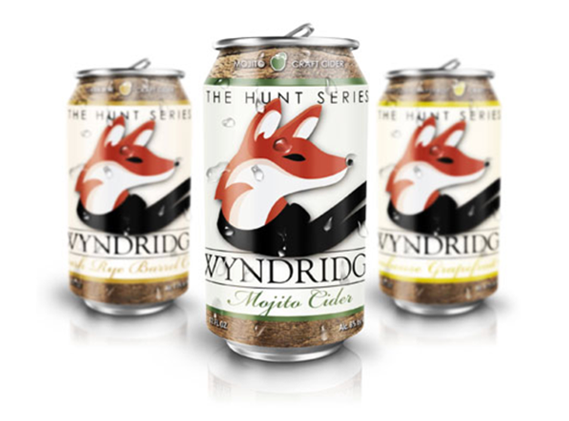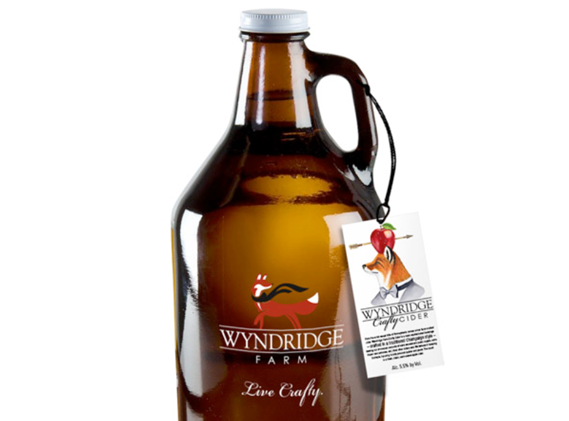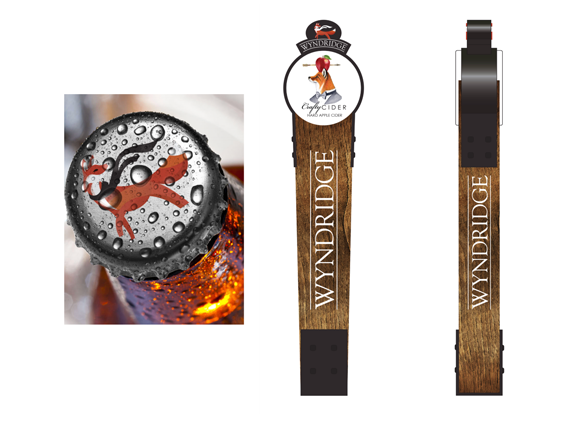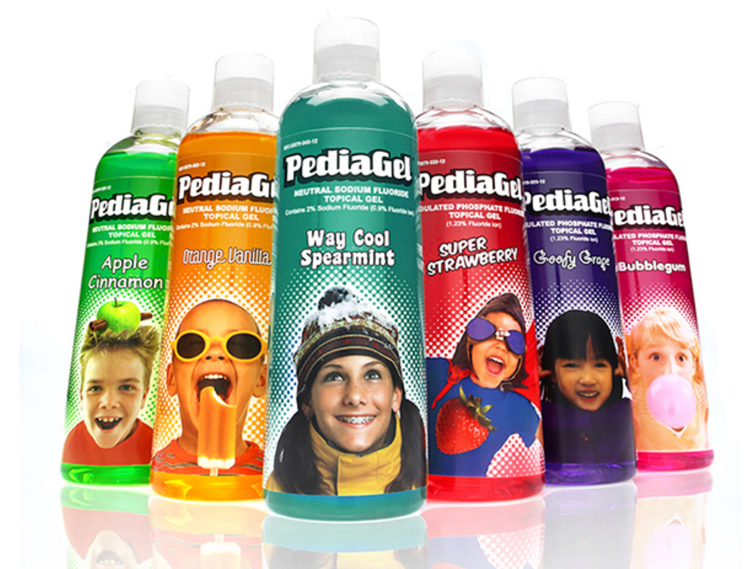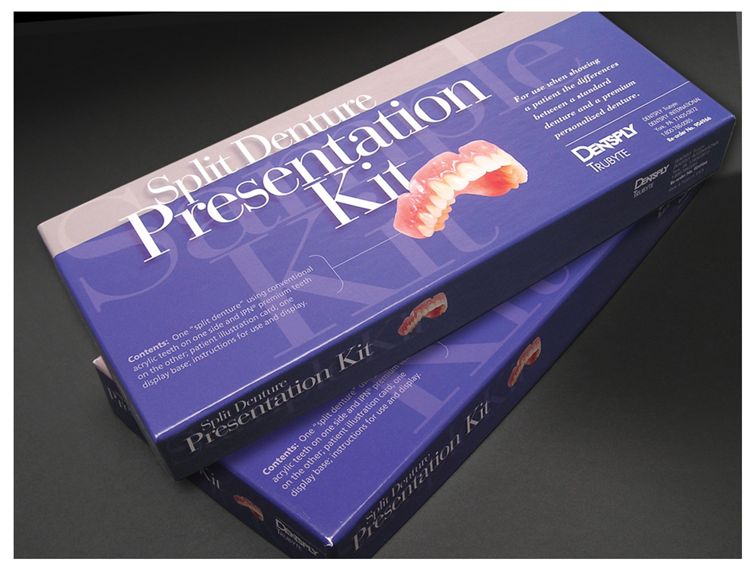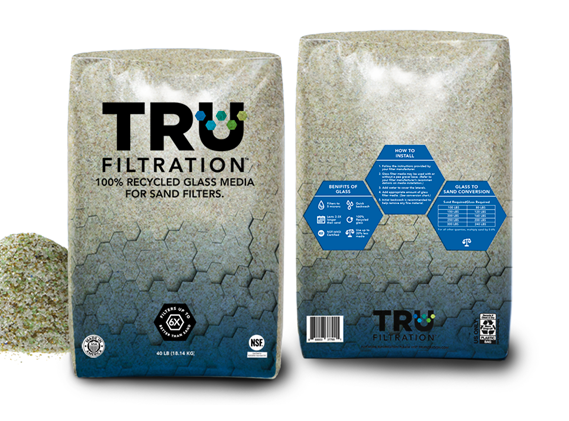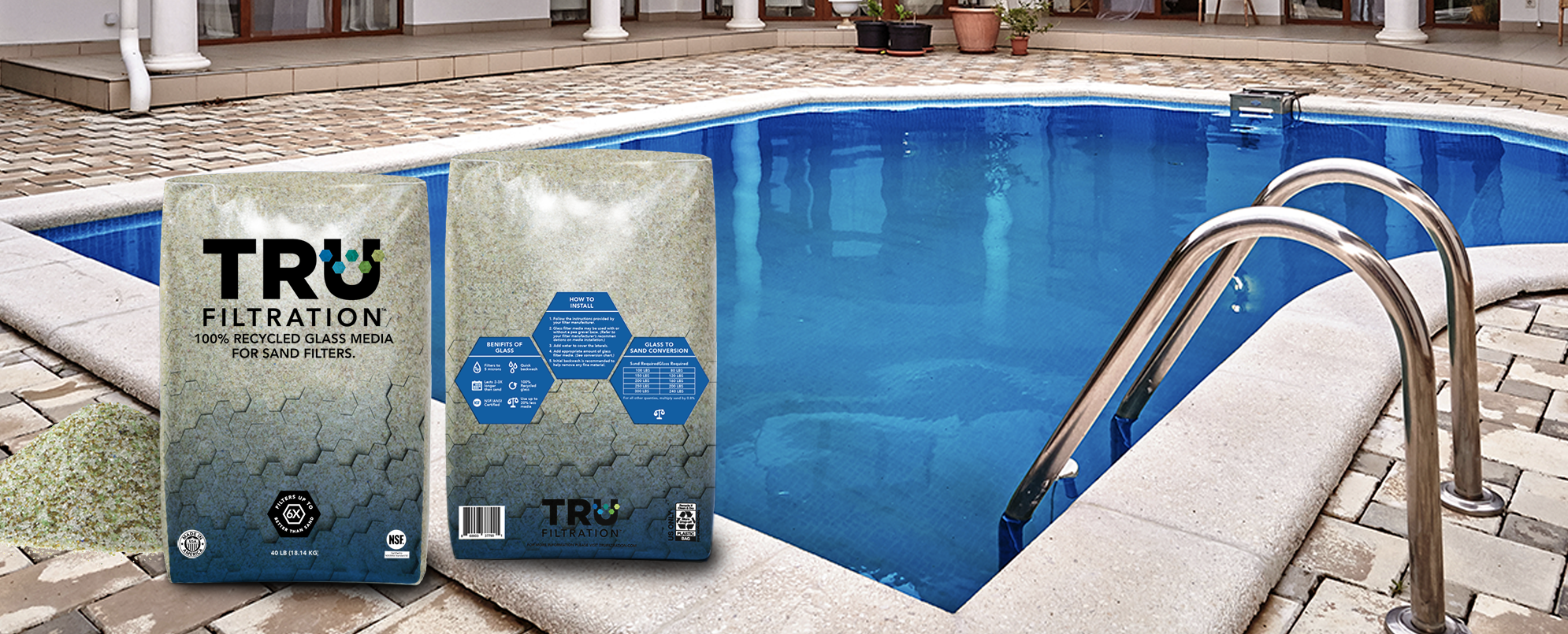
Branding Through Packaging
Packaging design is as important as your product; some would even argue it’s even more important than the product. A well-designed package can not make a bad product great, but it can do one of two things; It can make a great product more successful very quickly, or rush a less-than-stellar product to a quicker demise.
Choosing a knowledgable and experienced packaging design team is a very important decision to make for any business selling products. It can actually make or break how well your product sells.
Just like a book is often judged by its cover, products are also frequently judged by their packaging. The design needs to reach out and grab the attention of a potential buyer. Buying decisions are heavily dependent on a package’s power to influence and inspire a shopping behavior … Impulse buying is also a thing. It’s crucial for the designer to maximize the visual potential of a product and optimize every aspect of the design. After all, packaging’s fundamental is helping you increase sales.
Aesthetics
Because packaging is the first contact a customer will have with a product, the design or aesthetics is one of the most important aspects to be considered. This consideration must be made before creating a new product launch or adjusting your current packaging strategy. The purpose of high-quality packaging design is to draw the eye of an eager customer to the shelf from a distance.
Depending on your target audience, you can incorporate different packaging effects (fonts, styles, images, and colors) so the product stands out from the rest of the crowd. These effects can be combined in a multitude of ways to create a highly attractive package design.
Similar to visual attractiveness, packaging must also offer something unique. Something that appeals to the customer whether it’s a special size, interesting shape, or different type of packaging material – may be one that allows the product to be seen so the customer can actually view the product within.
First and foremost, packaging designs must capture the customer’s attention right from the shelf. Customers, as they are hustling through the store, do not always have the time that is needed to research the differences between two or more competing products. The package design may actually be the deciding factor as to why a customer chooses your product over the competitor. However, once the package does its job and draws the customers in, it still needs to hold their interest.
The best reward a package design team could ever hear is is that a client’s product was being carried by a beverage distributor due to the package design. That’s exactly what happened to our team with Wyndridge Farm …
“ As a seasoned salesman, this has never happened to me before … The first time I walk in to a distributor with the package you designed, they wanted to purchase our beverages even before they tasted them. They said they can see these flying off the shelf. That was the easiest sale I ever made.“
– Wyndridge Farm
Extraordinary
In addition to offering customers a package design that is aesthetically pleasing, the design must (We can not stress this enough) stand out from all the rest of the “like” products around it on the shelf. Sometimes it is a unique structure change that will capture a consumer’s attention, especially if the competitor utilizes a square box. A mear size change, compared to the competition, can also beg for attention.
Beyond structural changes, adding something unique as textures gives a customer causes to interact with the package. For example, embossing, debossing, or soft-touch coatings can help meet this goal.
Effectiveness
Although aesthetics and being extraordinary are crucial elements of successful package design, a packaging strategy must also take into account a high level of form, functionality, and effectiveness. Also, how well does your design communicate your brand’s message? Does it offer a unique value proposition, meaning does it look like it meets the price point of the product? Does your design fit within a retail environment? If your packaging design doesn’t stand out on the shelves, nor allocates itself to being used in a variety of store displays, it may lead to lower-than-expected sales. Shipping should also be a consideration during the design stage.
